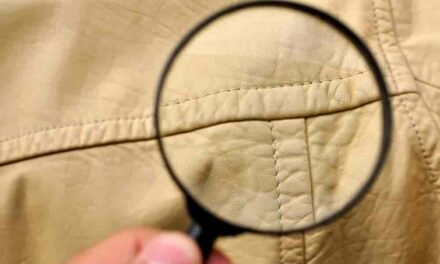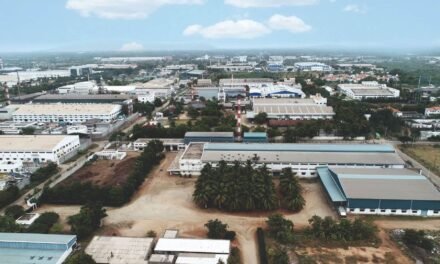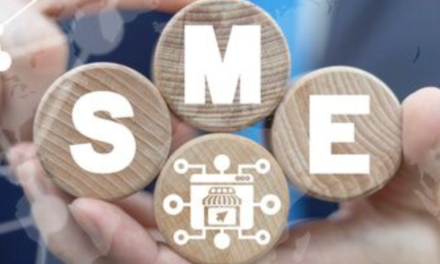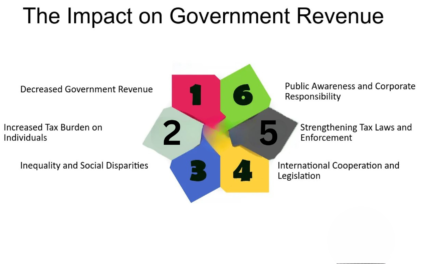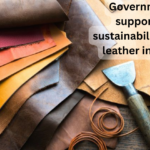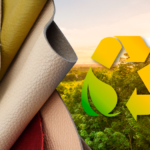The global markets and trends for leather briefcases, portfolios, and laptop bags are shaped by evolving consumer preferences, technological advancements, and sustainability initiatives. Here is an analysis of the current landscape:
1. Global Market Overview
- The global leather goods market is valued at approximately USD 250-300 billion and continues to grow steadily.
- Leather briefcases, portfolios, and laptop bags form a significant part of the luxury and functional accessories segment.
- Key Markets:
- North America: High demand for premium and professional leather products.
- Europe: Focus on luxury and sustainable leather goods. Italy, France, and Germany dominate the market.
- Asia-Pacific: Rapid growth due to urbanization, increasing middle-class income, and demand for affordable products. China and India are major markets.
- Middle East & Africa: Emerging markets with demand for high-end leather accessories.
2. Market Drivers
a) Professional and Corporate Demand
- Growing corporate culture and rising demand for professional accessories drive sales of briefcases, portfolios, and laptop bags.
- Leather products remain a status symbol in executive and business circles.
b) Rising Urbanization and Disposable Incomes
- Increased purchasing power in emerging markets (e.g., India, China, Brazil) boosts the demand for affordable and mid-range leather goods.
c) E-commerce Growth
- Online platforms enable global reach, competitive pricing, and customization options.
- DTC (Direct-to-Consumer) brands are increasing, offering leather goods without retail markups.
d) Luxury and Personalization
- Consumers seek premium, artisanal leather goods that reflect individuality.
- Brands offering customization (monograms, bespoke designs) are gaining traction.
3. Emerging Trends
a) Sustainability and Vegan Leather
- Increasing consumer awareness about environmental and ethical concerns is driving demand for:
- Vegetable-tanned leather: Eco-friendly and free from harmful chemicals.
- Vegan leather: Made from materials like mushrooms, cactus, pineapple fibers, and recycled plastics.
- Brands are investing in certifications like Leather Working Group (LWG) for sustainability.
b) Smart Features in Leather Goods
- Integration of technology in leather briefcases and laptop bags, such as:
- Built-in USB chargers
- RFID-blocking pockets for anti-theft security
- Compartments designed for smart devices and accessories.
c) Minimalist and Functional Designs
- Consumers prefer sleek, minimalist designs with emphasis on functionality (e.g., lightweight, multi-compartment bags).
- Compact portfolios and hybrid bags are gaining popularity for modern professionals.
d) Affordable Luxury Segment
- Brands offering high-quality, reasonably priced leather goods are capturing a growing market segment (e.g., Coach, Fossil, Samsonite).
- The shift toward value-for-money products is significant in markets like India and Southeast Asia.
e) Focus on Women’s Professional Accessories
- Demand for women’s leather portfolios and laptop bags is increasing as female workforce participation rises globally.
4. Regional Market Insights
a) North America
- Leading demand for premium and durable leather goods.
- Consumers prioritize brand reputation, sustainability, and utility.
b) Europe
- Dominated by luxury leather brands like Louis Vuitton, Gucci, and Montblanc.
- Focus on artisanal craftsmanship and sustainable practices.
c) Asia-Pacific
- Rapid urbanization, economic growth, and expansion of e-commerce drive the market.
- Rising demand for affordable luxury products and modern designs.
- Countries like India and China are also emerging as manufacturing hubs for export.
d) Middle East & Africa
- Growing demand for luxury leather accessories in GCC countries.
- Focus on professional and executive segments.
5. Key Challenges
- Sustainability Concerns: Environmental issues surrounding chrome tanning and animal-based leather.
- Competition from Synthetic Leather: Vegan leather is appealing to ethical and cost-sensitive consumers.
- Supply Chain Disruptions: Raw material shortages, rising transportation costs, and geopolitical tensions impact production.
- Counterfeit Products: The luxury leather market faces challenges with imitation goods.
6. Future Outlook
- The global market for leather briefcases, portfolios, and laptop bags is expected to grow at a CAGR of 4-5% over the next 5 years.
- Key Focus Areas:
- Sustainable Leather Innovations: Greater adoption of vegetable-tanned and plant-based alternatives.
- Technology Integration: Smart, functional designs for modern professionals.
- Customization: Increased personalization options to appeal to niche markets.
- Emerging Markets: Asia-Pacific and Latin America will drive growth due to rising disposable incomes.
Conclusion
The global market for leather briefcases, portfolios, and laptop bags is growing steadily, driven by professional demand, luxury branding, and sustainability trends. While traditional leather remains a premium choice, synthetic and sustainable alternatives are reshaping the industry to meet modern consumer preferences.
Hashtags
#LeatherFashion #LeatherAccessories #LeatherLifestyle #LeatherCraftsmanship #LeatherQuality #LeatherStyle #LeatherTrends #LeatherGoods #LeatherProducts #LeatherIndustry #LeatherMarket #LeatherBusiness #LeatherLuxury #LeatherDesign #LeatherInnovation #LeatherMaterials #LeatherInDemand #LeatherFashionista #LeatherEnthusiast #LeatherObsessed #LeatherLove


